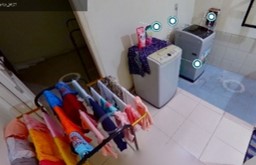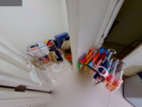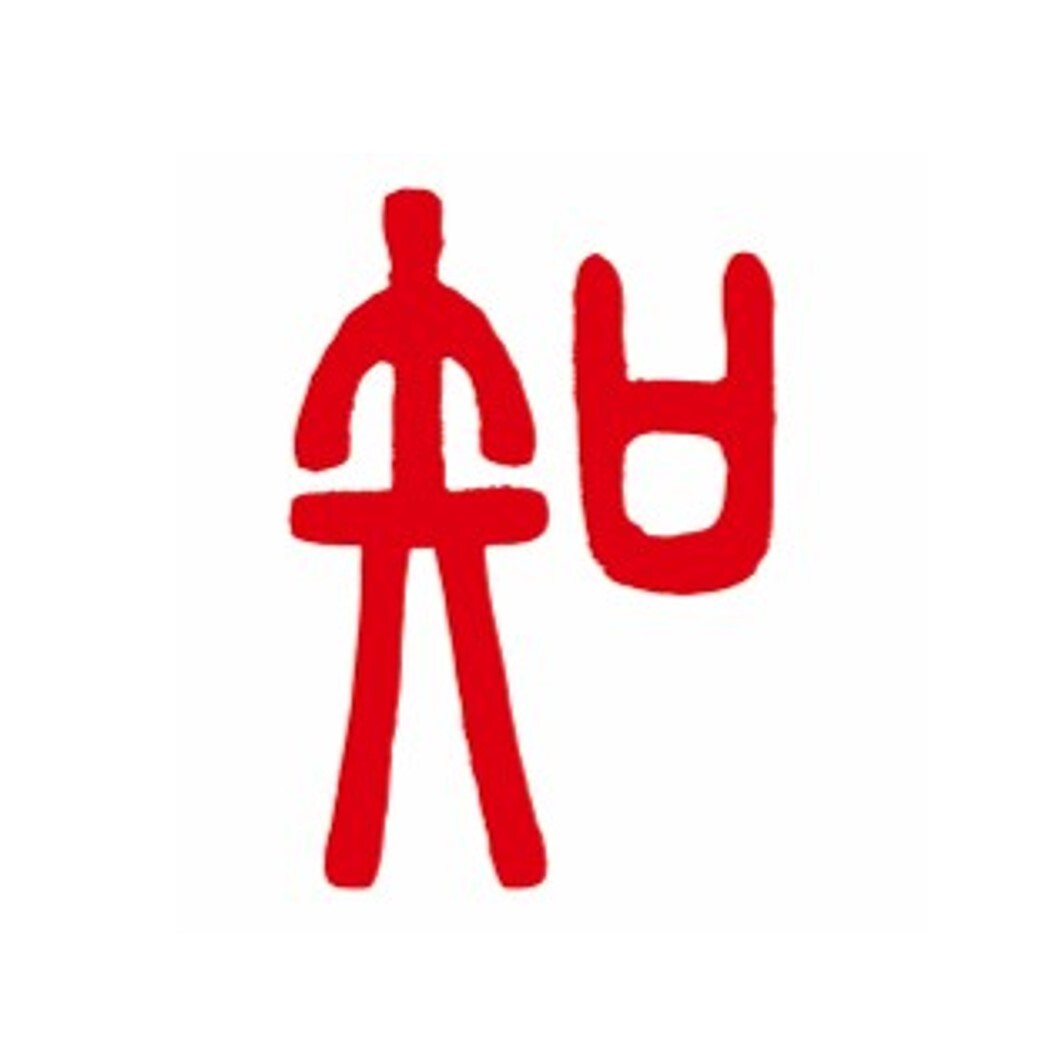<Report from overseas office> [ Indonesia: World Residence Tour ] Daily life , Laundry in Indonesia.
- Release date: Apr 22, 2022
- 4990 Views
Recently, clothing detergents and fabric softeners with antibacterial effects have been seen piled up in a special section at hypermarts. Perhaps people’s growing awareness of hygiene has led to the growing popularity of products with antimicrobial properties in laundry items as well.
We would like to introduce the laundry situation in Indonesia by introducing several households.
Who does the laundry?

Fabric softener used by SEC A, Source: INTAGE Consumer Database Consumer Life Panorama
Individually packaged detergents used by SEC D, Source: INTAGE Consumer Database Consumer Life Panorama
Laundry scene
Next, I would like to introduce the laundry scene. First, regarding the location, in a house with many rooms, the room where laundry is done is located at the back of the house, away from the entrance and guest rooms. This is because it is a private space, so it is done out of sight of guests as much as possible. If there is a fully automatic or double-layer washing machine, there is a room/space for doing laundry. On the other hand, if there is no washing machine and laundry is done by hand, especially in C and D classes, laundry is often done in the bathroom. In the case of the SEC D household shown at left, one of the multiple bathrooms is used as a laundry room. The detergent, bucket, and hand tub are used for laundry. They use water from the hose and flush the used water down the toilet while doing the laundry.
SEC A, Laundry space at the back of the second floor. Fully automatic washing machine in the back in use., Source: INTAGE Consumer Database Consumer Life Panorama
SEC D, Unused toilets are used as laundry areas., Source: INTAGE Consumer Database Consumer Life Panorama
Place for drying laundry
The place where laundry is hung out to dry varies from household to household. Class A households, in particular, are often reluctant to have their laundry visible from the outside, so they often dry their clothes indoors. Instead of drying clothes in living rooms or bedrooms, rooms and spaces are provided for indoor drying, and stand-type indoor clothes driers are sold at home centers.In the C and D classes, people no longer resist the idea of having their laundry visible to others, and they dry their clothes in a space next to the front door or in a location visible from the street. Colorful laundry drying on the street is a common scene in Indonesia.

SEC A, indoor drying space, Source: INTAGE Consumer Database Consumer Life Panorama
SEC D, Hang them where they can be seen from the street, Source: INTAGE Consumer Database Consumer Life Panorama
Introduction to Consumer Life Panorama
Consumer Life Panorama is an INTAGE Web database that provides real-life living conditions of consumers in Japan and overseas. You can browse 360-degree images of the living environment of consumers in each country, and see their daily life flow, flow lines, and digital life.Some of the photos in this article are also taken from sei-katsu-sha registered in this database. This service is useful for those who want to observe the living environment of overseas residents at their fingertips, without the need for customized surveys.
Click here to visit the Consumer Life Panorama demo site.
-

Author profile
Sumire Shibasaki
Senior Research Manager, Intage Indonesia.
After about 8 years in charge of domestic research at the Intage Group, she worked as an outbound researcher from Japan in a division overseeing overseas research and the operations of overseas subsidiaries. She has been in charge of more than 20 countries so far. She was scheduled to make her long-sought debut as an expatriate in 2020, but had to postpone it due to COVID‑19. For about a year, she was in charge of research in Indonesia as a remote expatriate from Japan, and then finally just arrived in Indonesia in May 2021. -

Editor profile
***
 Global Market Surfer
Global Market Surfer CLP
CLP